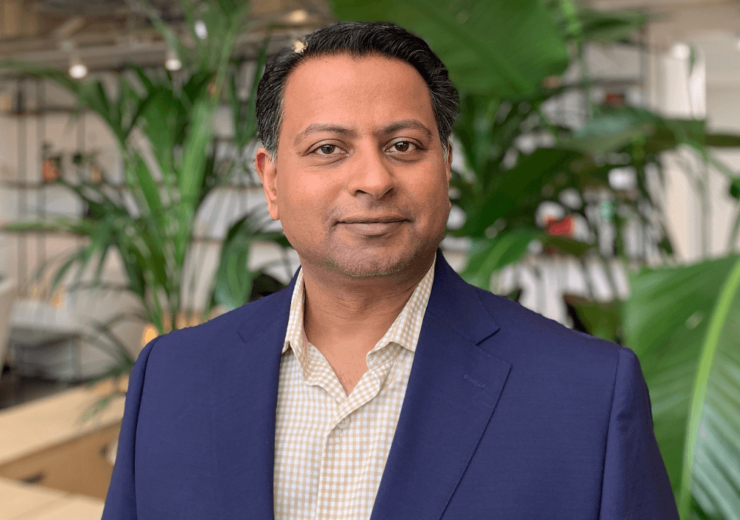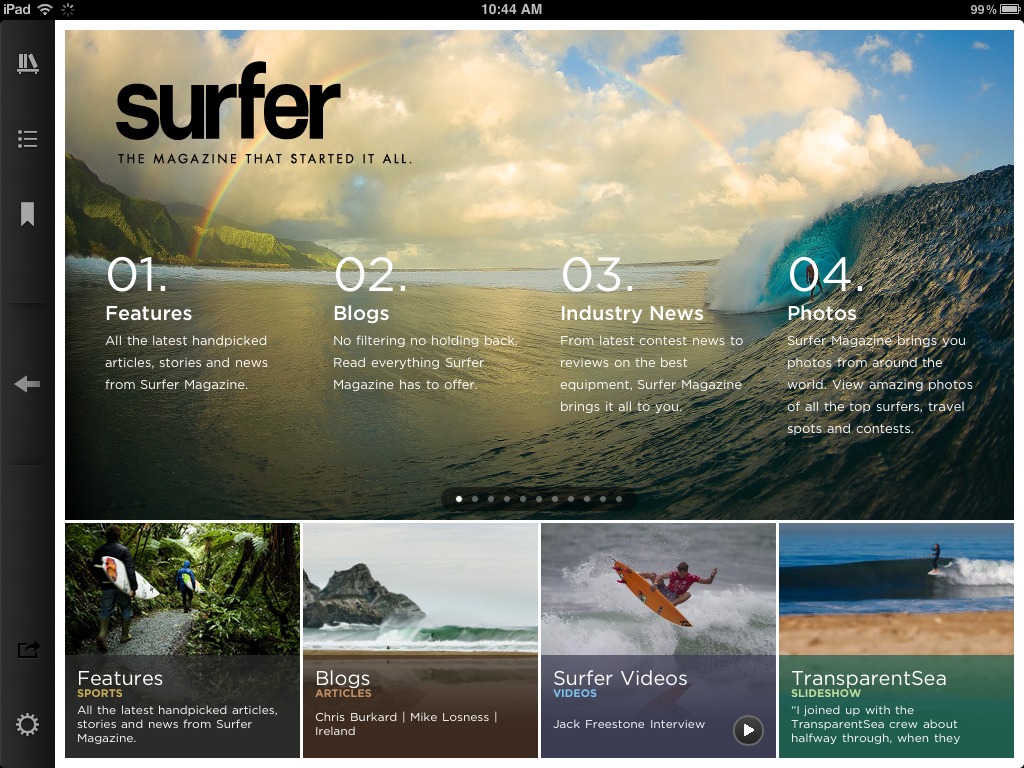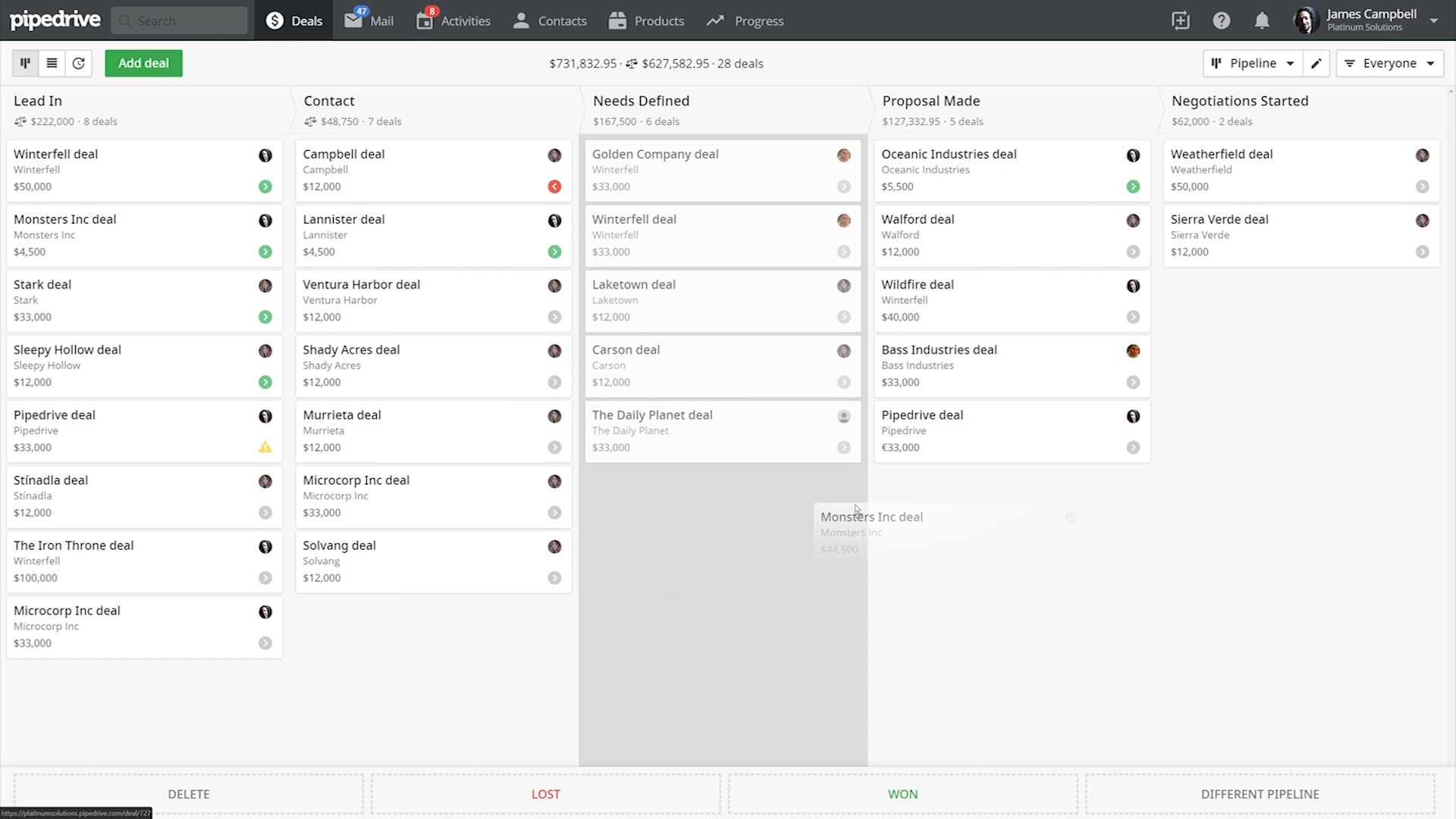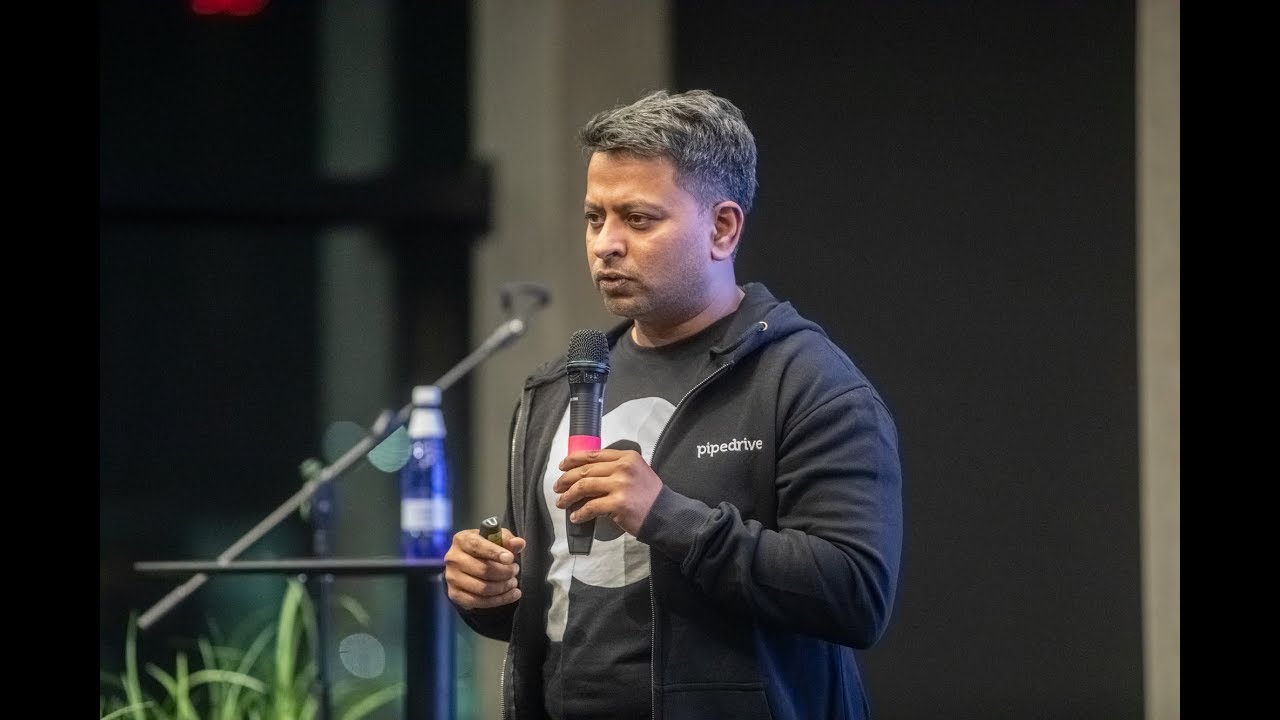Pipedrive CPO Vinay Ramani has held senior roles at Google, Uber, Yahoo! and Adobe over the past 20 years

Pipedrive chief product officer Vinay Ramani
Over the past two decades, Vinay Ramani has been at the very heart of the Silicon Valley boom in senior roles at Google, Uber, Yahoo! and Adobe. Now chief product officer at Estonia-founded sales software provider Pipedrive, he shares his Palo Alto stories with Dan Robinson – including what it’s like to work closely with Uber founder Travis Kalanick
Uber was a few years old when its senior execs gathered around a table to discuss how to break into India with the same force in which it had blasted down the doors to the US taxi market.
Its app-based ride-hailing service and cashless payment system was slowly revolutionising how people ordered a cab, and the start-up was now eyeing up world domination.
Vinay Ramani, charged with growing its presence in Asia and Latin America, made a suggestion that was scoffed at by some who believed it effectively reversed its entire modus operandi – putting forward the idea of introducing Uber cash payments.
Vinay Ramani’s role in establishing Uber Cash
“Digital payments weren’t working well in India,” recalls the 41-year-old, who worked closely with Uber founder, and then-CEO Travis Kalanick, during his three years at the company.
“But everyone ran around with cash in their pockets – it’s everywhere in emerging economies – so I said ‘let’s accept cash’.
“If you think about it, if you install this app and it’s asking for your credit card details immediately when you’ve never even used it before, are you going to give them?
“So by offering cash, they could try Uber without much commitment. If they have a good experience, they’re more likely to pay on the app the second time.
“I faced a lot of opposition to cash at Uber because the app gives passengers this magic moment where they walk away from the car without paying – and what I was suggesting destroyed that.

“Even Travis opposed it but, even though he didn’t think it would work, he said to try it in the spirit of experimenting.”
In May 2015, Uber Cash was integrated into the app’s payment options for services in Hyderabad, India. To almost everyone’s surprise, it worked well.
According to Vinay, it’s since been rolled out to more than 90% of the company’s markets – which the website Uber Estimator now estimates to stand at about 900 cities in 85 countries.
He adds: “If 1,000 people join Uber today for the first time, as many as 700 people pay in cash.”
Vinay Ramani on growing Uber China and working alongside Travis Kalanick
Vinay had joined Uber in summer 2014, when the app had found success in the US and was growing rapidly.
It was available in India and China too but was effectively restricted to people carrying a US credit card rather than local payment methods.
The task for Ramani was to build the service in international markets and make sure the app worked, with a particular focus on China, India, south-east Asia and Latin America.
Based in Silicon Valley, he headed up a 350-strong team as head of global growth.
For Uber China alone, he had 130 product managers and engineers in the US, alongside more than 20 people on the ground 6,000 miles away.
He says: “When I started at Uber, 99% of its revenue came from the US. At the end of my three years, 75% of revenue came from outside the US.
“In the markets I worked in, the regional version of Uber was bigger than the US version.
“We had a fantastic time enabling drivers to pick up passengers and have a great experience.”
As well as introducing Uber Cash to the world, Ramani helped to roll out an innovative signing up method for drivers by trialling it in China first.
As a digital-first country, Uber was able to instantly tap into a Chinese government database to perform immediate background checks – reducing the initiation process from 15 days to five minutes.
It helped to boost demand to the point where 40,000 drivers signed up each week at one point, and was pivotal in solving similar problems in south-east Asia and Latin America – the latter of which is now one of Uber’s most profitable markets, according to Ramani.
Perhaps the biggest indicator of his success was that Uber took such a fight to local competitors that it ended up cutting huge deals to pull out again after a few years.
“We were in a position to say to Didi, ‘if you want to buy us out and own the market in China, here’s the price’,” says Ramani.
“My team enabled Uber to have that conversation.”
China was Uber’s first “tactical exit”, as it’s been dubbed, as it sold to Didi Chuxing for $7bn plus an 18.8% share of China’s main ride-hailing operator in August 2016.
While this is estimated to have since reduced to 15.4% following fundraising by Didi, its share was said to be valued at just under $8bn earlier this year.
Uber followed a similar strategy in south-east Asia, this time buying a 30% stake of competitor Grab for $2.28bn in March 2018 – a share that has since reduced to about 23% following Grab fundraising but increased in value to $3.22bn as of April 2019.

Throughout all this time, Ramani says he worked very closely with Kalanick, who stepped down as CEO – but remaining a board member – after facing allegations of sexual harassment and overseeing an unethical company culture.
But Ramani has only fond memories, recalling: “I thought his job as an entrepreneur and making things happen is unprecedented and I learned a lot from him in growing those markets.
“He was very down to earth. One of his favourite phrases was ‘the God is in the detail’, rather than ‘the devil is in the detail’.
“It meant everything should be done thoroughly and he was in tune with what was going on – it led to a certain level of being hands-on and knowing enough of the most important things.
“He travelled to India and China almost as much as I did so he was quite an inspiring figure to be with.”
Vinay Ramani’s early career put him in the eye of the storm in Apple versus Adobe battle
The three years spent at Uber arguably equipped Ramani with some of the most valuable experience but it was by no means the first Silicon Valley giant he’d served during a career spanning two decades.
Having graduated in computer science and engineering at one of India’s top universities, the Indian Institute of Technology in Kharagpur, in 1998, he moved to the US to get a foothold in product management at a number of tech companies.
One of his early successes was building the WAP (wireless application protocol) browser, which was used to access the internet on two billion mobile phones in the early and mid-2000s.

He also secured an MBA from University of California, Berkeley, before landing his big break at Adobe in 2006.
As group product manager of Adobe Flash Player, he helped put the multimedia software platform on a billion mobile phones and worked with the likes of YouTube, Disney and CNN to ensure their websites and mobiles sites were Flash-enabled.
But he was also caught in the crosshairs when, in 2007, Steve Jobs unveiled the first iPhone and promised consumers “the internet in your pocket”.
At the time, most developers used the lightweight incarnation Adobe Flash Lite for creating mobile apps but Jobs claimed it was “not capable of being used with the web”.
It led to a battle between Adobe and Apple that the former eventually lost. The iPhone maker effectively banned Adobe’s software from its devices and Ramani admits Flash is “no longer relevant”.
Ramani has also spent brief periods at Yahoo! and Google, where he had contrasting fortunes.
He was let go of Yahoo! after just a year when the Livestand mobile tablet app – which provided personalised magazine-style news content aimed at the new iPad market – was shut down within six months of its launch amid a revolving door of CEOs in the company.

At Google, he learned about machine learning while leading a product team that identified 3,000 unique tasks being performed by search users in order to improve algorithms, and return better results.
Vinay Ramani the entrepreneur
But it was a two-and-a-half-year stint as a start-up founder sandwiched between those jobs – and directly before Uber – that perhaps provided the most invaluable experience – even if it might not have felt like it at the time.
Ramani turned entrepreneur when, in April 2012, he launched GoodStori, which he believes was a pioneer in user-generated content being utilised by advertisers.
“The hypothesis was that advertising is quite impersonal and not trusted,” he explains.
“The people who are used in advertising are often big-name models or brand ambassadors – they aren’t everyday people.

“We wanted to make it possible for people like you and me to be in the advert by creating these advertising assets where the brand controlled the quality and look of them, but the user could also participate.
“It was the beginning of what Instagram is doing today with Instagram Stories.”
Despite only “limited success”, he realised how much of a start-up graveyard Silicon Valley was if companies didn’t hit targets in two years.
“We ended up being shut down but the experience prepared me for what was coming next at Uber.”
Vinay Ramani on why he moved to Pipedrive
After leaving Google in September 2018 – he’d moved there a year prior to take a break from the unrelenting pace of Uber – Ramani decided on a sharp change in direction.
For a start, he moved away from the US west coast, his home of 20 years at some of the world’s biggest tech companies, to another time zone in London.
In the UK capital, he is now chief product officer at Pipedrive, a cloud-based sales software company headquartered in both the Estonian tech hub of Tallinn and New York.
“I’d spent 20 years in India and 20 years in Silicon Valley so I felt I needed to change my environment and get some new experiences,” says Ramani, a father-of-two whose wife Ashwini works at Facebook’s UK office.

“I also wanted the chance to work alongside the founders again in a company that has scaling challenges – which you find in those with 400 to 500 employees.”
He has found his wishes in Pipedrive, where he is “helping sales people to be successful”.
The company, founded in 2010 and now with 550 staff, has created a platform that helps users monitor sales leads by visualising the various stages they’re at and offering an easy method of communicating with customers.
Managers can also use the dashboard to better understand who the best performers are, as well as the areas in which they are strong and need to improve.
Ramani, whose job is to ensure the software is up to scratch, says: “If you have 15 to 20 deals going on at one time, but don’t know where each one is at, it’s difficult to keep on top of things.
“The best sales people are systematic about knowing where everything is and driving it forward step by step, so we help with the pipeline.
“Sales is a craftsmanship but they’re thought of as a bit slick and untrustworthy, so I want them to get respect.”
What the future holds for Vinay Ramani
Having switched between a number of companies over the past two decades, one could wonder whether Ramani is already eyeing up his next move.
But he insists he doesn’t think too much about the future and enjoys working alongside the founders of a rapidly growing company.
“I don’t have this itch to be the founder and run the company myself because it can be lonely in the beginning,” he says.
“So I like to come in at the point where it’s successful but has challenges ahead, and I can help it grow.”
He admits to having always had to deal with adversity of some type – whether it’s problems to do with people, products or markets – but his Uber experience has equipped him with resilience.

“If it had been ten years ago, I’d have been flat on my back,” he says. “But what my company taught me the most is the importance of storytelling when you’re raising money or trying to attract customers.
“If you can tell it with some emotion or passion, it fires people up to come work with you.”
Perhaps the biggest lesson from his wide experience in Silicon Valley, though, is to dream big.
Ramani adds: “I was an Indian guy who went to lead Uber in China. That was crazy but as long as you have the passion to do that, anything is possible.
“Where you come from shouldn’t stop you from doing what you want to do.”


